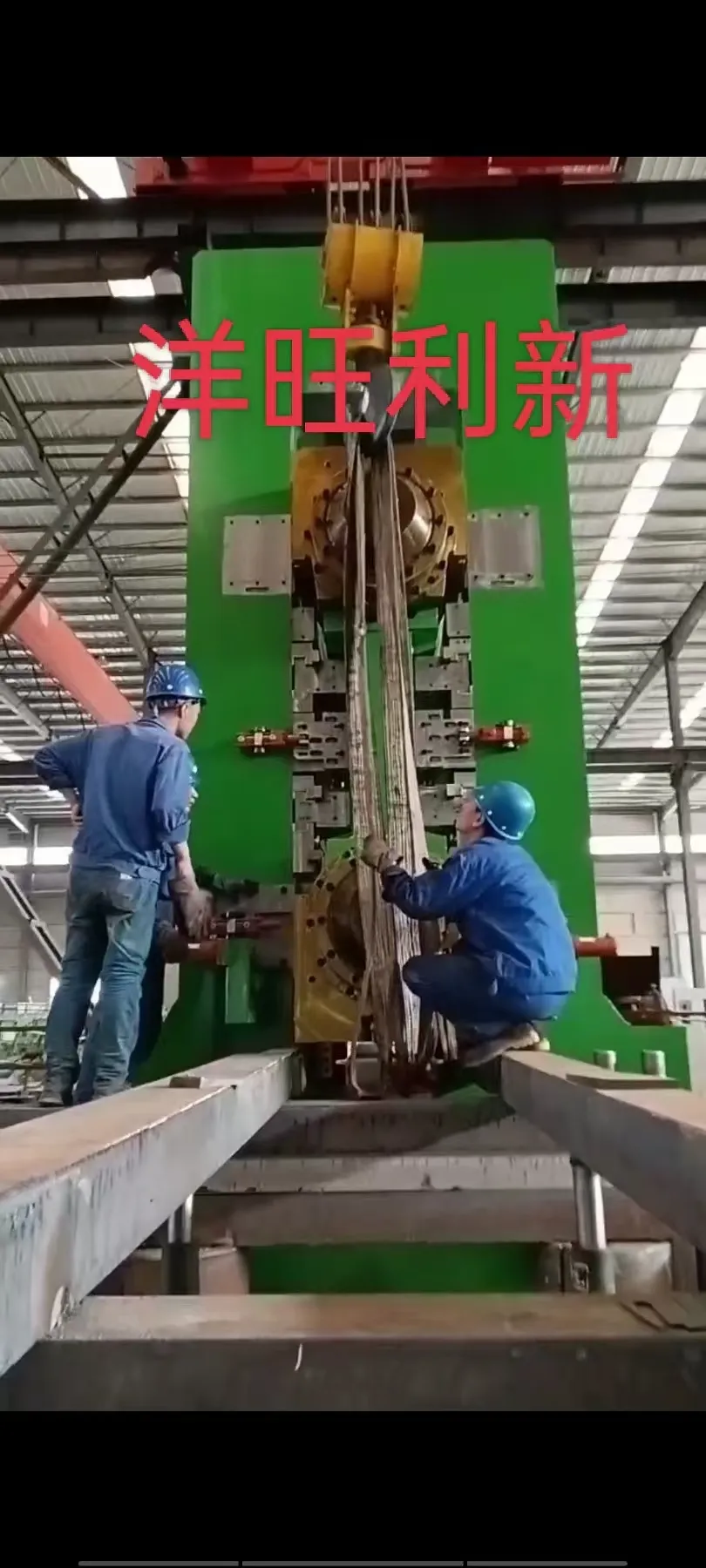
Why Reversing Cold Rolling Mills Are Ideal for Specialty Metals
El reversing cold rolling mill occupies a critical space in the metallurgy industry, not because of sheer volume but because of its unmatched flexibility and precision. From simple low carbon steel to high-alloy or non-ferrous materials, these mills allow manufacturers to produce premium-quality flat products tailored to demanding end uses.

The modularity of the reversible cold rolling mill process enables manufacturers to respond to niche market needs, introduce new alloy grades, and maintain high product consistency. Whether the final destination is a high-rise façade clad in stainless steel or the core of an efficient electric motor made from silicon steel, the cold reversing mill is often the quiet, powerful force behind it all.
Processing Silicon Steel for Electrical Applications in Cold Reversing Mills
One of the more specialized materials processed in reversing cold rolling mills is grain-oriented and non-oriented silicon steel. These materials are essential for electrical applications such as transformers, motors, and generators, where magnetic properties are of paramount importance. The Molino de frío reversible plays a crucial role in enhancing these magnetic properties through controlled deformation and stress management.
The cold rolling process for silicon steel requires precise control over thickness and surface roughness to minimize energy loss (core loss) in electrical applications. The cold reversing mill provides this level of detail, especially important for grain-oriented electrical steels that require specific rolling directions and post-annealing treatment. Reversible rolling allows engineers to fine-tune every pass, aligning grains in the desired orientation and minimizing defects that can lead to energy inefficiencies.
Alloy Steels and the Flexibility of the Reversing Cold Mill
Alloy steels, containing elements like chromium, nickel, molybdenum, and vanadium, are widely used in demanding applications such as aerospace, energy, and heavy machinery. Processing these materials in a reversible cold rolling mill offers several benefits, particularly when small production batches or unique specifications are involved.
Unlike conventional carbon steels, alloy steels may have varied responses to cold working, including increased brittleness or significant work hardening. The reversing cold rolling mill provides the flexibility to vary rolling forces, reduce speeds, and incorporate intermediate annealing—all within the same mill. This makes it possible to create custom profiles with exacting tolerances that meet industry-specific standards for strength, wear resistance, and heat tolerance.
Reversing Cold Rolling Mill and Non-Ferrous Alloys
Though steel is the most common material processed in cold rolling, many laminador reversibles are also used for non-ferrous metals like aluminum, copper, and brass. These metals, especially in thin gauge applications, require extreme precision and smooth finishes, which are ideally achieved through the reversing rolling process.
In aluminum processing, for example, the Molino de frío reversible allows the gradual reduction of thickness from several millimeters to as thin as 0.1 mm. The repeated passes permit precise control of flatness and elongation, essential for packaging foils or aerospace-grade sheets. Similarly, copper and brass benefit from the customizable rolling sequences that can optimize conductivity and surface aesthetics.
-
Indian Clients Visit YWLX to Inspect Skin-pass MillNoticiasJun.22,2025
-
Typical Products from Reversing Cold Rolling ProcessNoticiasMay.26,2025
-
Surface Finish Improvement through Skin Pass RollingNoticiasMay.26,2025
-
Integration of AGC Systems in Modern Cold Rolling MillsNoticiasMay.26,2025
-
Cold Rolling in the Context of High-Strength Steel DemandNoticiasMay.26,2025
-
AGC in Hot Rolling Mills: Challenges and SolutionsNoticiasMay.26,2025
-
The Pivotal Position of Hot Rolling Mills in the Iron and Steel Industry ChainNoticiasMay.13,2025










